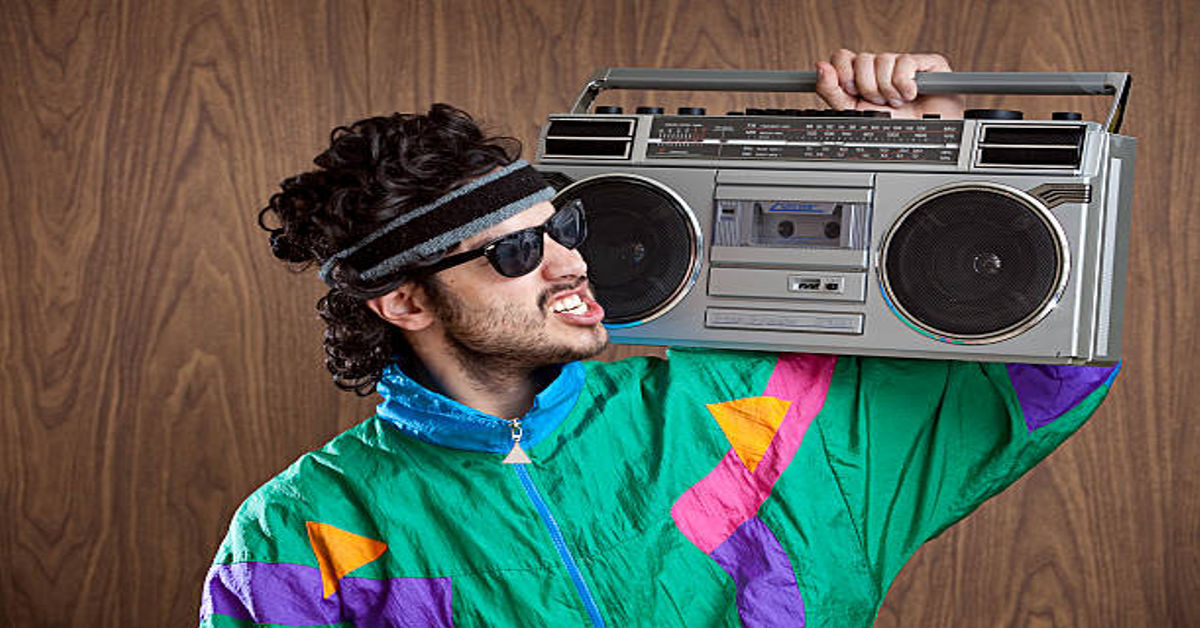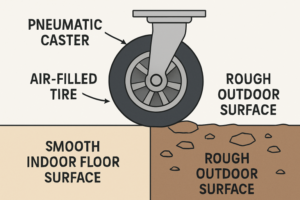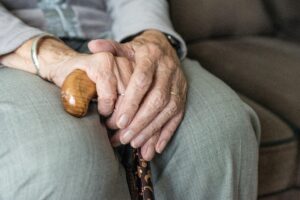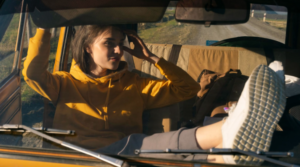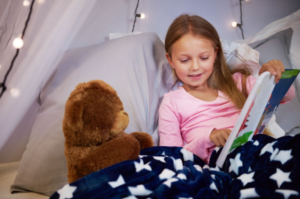The 1990s were more than just a decade; they were a cultural turning point that reshaped music, movies, and especially fashion. The styles that emerged during this period were a reflection of rebellion, freedom, and identity. 90s outfits represented a blend of comfort and attitude, a combination that gave birth to some of the most memorable looks in fashion history. From oversized flannel shirts and ripped jeans to slip dresses and platform shoes, every element of 90s fashion carried a statement. The era was diverse—embracing both simplicity and extravagance, minimalism and bold self-expression.
The influence of 90s outfits continues to dominate modern wardrobes. Whether you see baggy jeans making a comeback or chokers gracing runways again, the fashion of the 1990s remains an endless source of inspiration. In this article, we will explore the origin, evolution, and impact of 90s fashion trends, the most popular outfit styles for men and women, subculture influences, color palettes, and how you can recreate these timeless looks today.
Understanding the Essence of 90s Fashion
To appreciate 90s outfits, it’s important to understand what shaped them. The decade followed the excess and extravagance of the 1980s—a period known for glitter, power suits, and neon colors. As the 1990s began, society craved something more authentic and expressive. The result was a mixture of casual wear, street fashion, and alternative influences.
The rise of television shows, music videos, and celebrities also shaped how people dressed. Programs like Friends, Beverly Hills 90210, and The Fresh Prince of Bel-Air introduced casual yet stylish clothing that people could relate to. Meanwhile, music genres like grunge, hip-hop, and pop inspired distinct subcultures with their own signature looks. The 90s fashion world was essentially a collage of cultural influences stitched together with individuality.
Key Characteristics of 90s Outfits
The beauty of 90s outfits lay in their versatility. There wasn’t a single uniform look; instead, there were multiple styles coexisting and blending into one another. Some of the defining features included:
- Oversized Silhouettes: Baggy jeans, large t-shirts, and boxy jackets created a relaxed, unstructured form.
- Layering: Combining different textures and clothing pieces—such as t-shirts under slip dresses or flannel over hoodies—was common.
- Bold Accessories: Chokers, bucket hats, chunky sneakers, and statement belts were all must-have additions.
- Denim Domination: From jackets to jeans and even overalls, denim was everywhere.
- Gender Fluidity: Many outfits blurred gender lines, embracing unisex aesthetics through loose fits and shared color palettes.
The Major 90s Fashion Movements
The 1990s cannot be summed up by one trend alone. Different movements emerged based on music, art, and regional culture. Let’s look at the most influential 90s outfit styles and what made each iconic.
1. Grunge Fashion
Perhaps the most recognizable 90s style, grunge originated in Seattle alongside the music of Nirvana, Pearl Jam, and Soundgarden. It rejected polished aesthetics and embraced raw, rugged authenticity.
Typical Grunge Outfits Included:
- Ripped jeans or distressed denim shorts
- Oversized plaid flannel shirts
- Band t-shirts (often vintage or faded)
- Combat boots or Doc Martens
- Layered necklaces and messy hair
Color Palette: Earth tones, deep reds, dark greens, and blacks dominated the grunge wardrobe. The overall look was intentionally unkempt and anti-fashion, which ironically became a defining fashion statement.
2. Hip-Hop and Streetwear
Hip-hop culture exploded during the 90s, influencing not only music but also mainstream style. Artists like Tupac Shakur, The Notorious B.I.G., Aaliyah, and Missy Elliott turned street fashion into high fashion.
Key Hip-Hop Outfit Elements:
- Baggy jeans and track pants
- Oversized jerseys and hoodies
- Timberland boots and Nike Air Force 1s
- Gold chains, bucket hats, and snapback caps
Streetwear became a unifying identity for urban youth, combining comfort with swagger. This trend still defines many of today’s brands like Supreme, FUBU, and Adidas Originals.
3. Minimalist Chic
Not all 90s fashion was oversized and bold. Minimalism also became a strong movement, especially in women’s fashion. Designers like Calvin Klein and Donna Karan emphasized clean lines, neutral colors, and simplicity.
Key Features of Minimalist 90s Outfits:
- Slip dresses and satin skirts
- Neutral tones such as white, beige, gray, and black
- Simple tank tops and turtlenecks
- Straight-leg trousers or midi skirts
- Subtle accessories
This style embodied sophistication through subtlety—effortless elegance that remains timeless.
4. Sporty and Athleisure Looks
The 90s also witnessed the birth of what we now call athleisure. Sportswear brands like Nike, Reebok, Puma, and Adidas became fashion icons rather than just athletic brands. Tracksuits, windbreakers, and branded sweatshirts were worn outside of gyms and sports arenas.
Popular Sporty Items Included:
- Matching tracksuits
- High-top sneakers
- Windbreakers with bright colors
- Baseball caps and fanny packs
These looks combined practicality with attitude and are still popular in today’s casual street style.
5. Glam Pop and Clubwear
On the other end of the spectrum was the bold, glittery side of the 90s. Inspired by pop stars like the Spice Girls, Britney Spears, and Jennifer Lopez, glam fashion celebrated fun and flamboyance.
Popular Glam Pieces:
- Metallic mini skirts
- Tube tops and halter necks
- Platform heels and chunky boots
- Sparkly accessories and body glitter
Clubwear was all about confidence and color. It captured the spirit of freedom and fun that defined the decade’s nightlife.
Men’s 90s Outfits
Men’s fashion in the 90s blended street culture, grunge aesthetics, and preppy influences. Depending on personal taste, a guy in the 90s might have looked like a skateboarder, a college student, or a rapper—all equally trendy.
1. Casual Street Style
Men commonly wore loose jeans, plain white t-shirts, hoodies, and denim jackets. Brands like Levi’s, Champion, and Tommy Hilfiger were everyday essentials.
2. Preppy and Smart Casual
Shows like Friends and Seinfeld popularized preppy, slightly more refined outfits—think khaki pants, polo shirts, and blazers with rolled sleeves.
3. Skate and Surf Wear
Skater culture brought graphic tees, Vans sneakers, cargo shorts, and oversized flannel shirts to mainstream wardrobes.
4. Hip-Hop Influence
Baggy jeans, oversized coats, and gold accessories defined hip-hop-inspired men’s fashion.
Table 1: Popular Men’s 90s Fashion Items
| Category | Key Items | Style Notes |
|---|---|---|
| Tops | Flannel shirts, sweatshirts, denim jackets | Often oversized or layered |
| Bottoms | Baggy jeans, cargo pants | Relaxed fit, casual |
| Footwear | Timberlands, Converse, Vans | Durable and trendy |
| Accessories | Snapback hats, gold chains | Influenced by hip-hop |
| Outerwear | Windbreakers, bomber jackets | Bright colors and logos |
Women’s 90s Outfits
Women’s fashion in the 90s captured a unique mix of femininity, rebellion, and confidence. From the casual denim craze to red-carpet minimalism, the range was wide and expressive.
1. The Casual Cool Girl Look
Popularized by models and actresses like Jennifer Aniston and Kate Moss, this look emphasized simplicity. Slip dresses, mom jeans, cropped tops, and cardigans were go-to pieces.
2. The Grunge Girl
Female grunge icons like Courtney Love and Gwen Stefani redefined edgy femininity. Outfits combined torn stockings, floral dresses, and combat boots.
3. The Pop Princess
Inspired by teen idols, pop fashion brought bright colors, glitter, and playful styles—baby tees, miniskirts, and platform sneakers.
4. The Sporty Spice Look
Thanks to the Spice Girls and hip-hop influence, sporty chic became huge—track pants, crop tops, and branded sweatshirts dominated the scene.
Table 2: Popular Women’s 90s Fashion Items
| Category | Key Pieces | Style Description |
|---|---|---|
| Tops | Crop tops, halter necks, camisoles | Flirty and youthful |
| Bottoms | Mom jeans, mini skirts, cargo pants | Comfortable yet stylish |
| Dresses | Slip dresses, floral prints | Feminine and versatile |
| Shoes | Platform shoes, chunky sneakers | Eye-catching and bold |
| Accessories | Chokers, scrunchies, hoop earrings | Fun finishing touches |
Iconic 90s Celebrities Who Defined Fashion
Many celebrities in the 90s became fashion icons whose influence continues today.
- Kurt Cobain: The face of grunge—flannel shirts, worn-out jeans, and thrifted sweaters.
- Britney Spears: Pop glamour with schoolgirl skirts and crop tops.
- Will Smith: Brought colorful streetwear and oversized patterns to mainstream attention.
- Naomi Campbell & Kate Moss: Redefined minimalism with slip dresses and clean silhouettes.
- The Spice Girls: Each member showcased a unique persona—Sporty, Scary, Baby, Ginger, and Posh—symbolizing individuality.
Their distinctive styles shaped how people perceived fashion as an extension of personality.
90s Fashion by Occasion
The beauty of 90s outfits was their adaptability to any setting—casual, party, or formal.
1. Casual Outfits
Everyday looks revolved around denim—jackets, jeans, and skirts—often paired with sneakers and graphic tees.
2. School and College Fashion
Students favored comfy jeans, hoodies, and backpacks. Overalls and sneakers were essential parts of a young person’s wardrobe.
3. Party and Clubwear
Bright metallics, leather pants, and sequin tops dominated nightlife fashion. Platform heels and mini skirts completed the look.
4. Professional Outfits
In offices, women wore tailored pantsuits and pencil skirts, while men preferred neutral blazers with chinos.
Color Trends of the 1990s
The 90s palette was a blend of bold and muted tones depending on the trend.
Table 3: Common 90s Color Palettes
| Trend | Dominant Colors | Mood/Effect |
|---|---|---|
| Grunge | Dark green, black, maroon | Rebellious, earthy |
| Pop | Neon pink, blue, silver | Fun, energetic |
| Minimalist | Beige, gray, white, black | Clean, modern |
| Streetwear | Primary colors, gold accents | Bold, confident |
| Sporty | Bright red, blue, yellow | Energetic and youthful |
This versatility allowed 90s fashion to cater to all personalities, from introverts seeking simplicity to extroverts craving vibrancy.
Influence of 90s Fashion on Today’s Trends
90s outfits have made one of the strongest comebacks in modern fashion. Many pieces from that era—like mom jeans, chokers, crop tops, and chunky sneakers—are now essentials again. Social media influencers and designers frequently reference 90s aesthetics in collections.
The return of vintage clothing has also boosted sustainability. Thrift shopping and upcycling mirror the 90s mindset of individuality and anti-commercialism. Fashion cycles often repeat every 20 to 30 years, and the 90s are currently at their peak revival moment.
How to Recreate a 90s Outfit Today
Recreating a 90s look is easy and versatile. Here’s a quick guide for both men and women:
For Women:
- Choose high-waisted mom jeans or denim skirts.
- Pair with a crop top or oversized sweater.
- Add chunky sneakers or platform boots.
- Accessorize with scrunchies, chokers, and small backpacks.
For Men:
- Start with baggy jeans or cargo pants.
- Layer a flannel shirt over a graphic tee.
- Finish with sneakers or Timberland boots and a snapback cap.
With these combinations, anyone can bring the essence of 90s fashion into a modern context while keeping it authentic.
Cultural and Social Impact of 90s Fashion
90s outfits did more than set trends—they reflected social change. This decade saw the rise of youth rebellion, individuality, and gender expression. Clothes became a voice of identity rather than conformity.
- Grunge Fashion represented nonconformity and rejection of consumerism.
- Streetwear symbolized unity within urban communities.
- Minimalism spoke to a growing preference for simplicity in a fast-paced world.
- Feminine Trends like slip dresses allowed women to express confidence without heavy embellishment.
The 90s fashion scene gave everyone permission to dress according to their personality rather than rules.
Sustainability Lessons from 90s Fashion
Interestingly, many 90s fashion habits align with today’s sustainable practices. Thrifting, reusing clothes, and layering were natural parts of 90s style. Vintage clothing stores flourished because people enjoyed mixing old and new. The idea of “buy less, wear more” was unconsciously followed long before sustainability became a buzzword.
Modern consumers can learn from that approach—choosing timeless, durable pieces instead of disposable trends. The resurgence of 90s outfits in thrift and resale markets proves that good style never goes out of fashion.
Conclusion
The 1990s remain one of the most influential decades in fashion history. 90s outfits encapsulated diversity, creativity, and freedom. Whether it was grunge’s raw rebellion, hip-hop’s street confidence, or minimalist elegance, every trend contributed to a rich tapestry of self-expression.
Today, as these styles return to the spotlight, they remind us that fashion is cyclical—but individuality is timeless. Wearing 90s-inspired clothing isn’t just about nostalgia; it’s about embracing authenticity, comfort, and the fearless experimentation that defined an era. The 90s taught the world that fashion isn’t about perfection—it’s about personality.
Frequently Asked Questions (FAQs)
1. What were the most popular 90s outfits?
Popular 90s outfits included grunge flannel shirts, ripped jeans, slip dresses, platform shoes, and oversized denim jackets.
2. What shoes were trendy in the 90s?
Chunky sneakers, combat boots, platform heels, and Converse shoes were among the most fashionable footwear options of the decade.
3. Did 90s fashion focus on comfort or style?
90s fashion emphasized both—comfort was key, but self-expression and individuality made every outfit stylish in its own way.
4. Why are 90s outfits popular again?
They’ve returned due to their timeless appeal, comfort, and nostalgic connection to pop culture and self-expression.
5. How can I create a 90s-inspired look today?
Mix vintage items like mom jeans, crop tops, flannel shirts, and chunky sneakers. Add accessories like chokers or scrunchies for authenticity.

